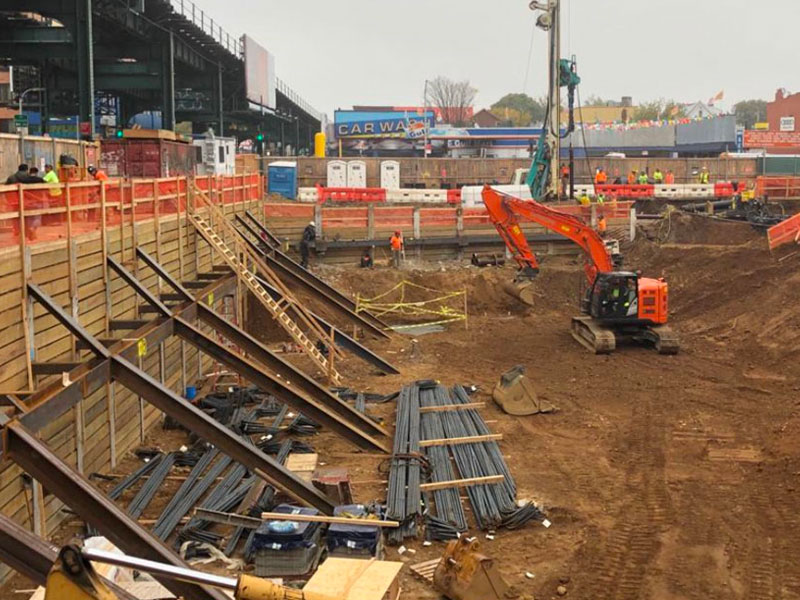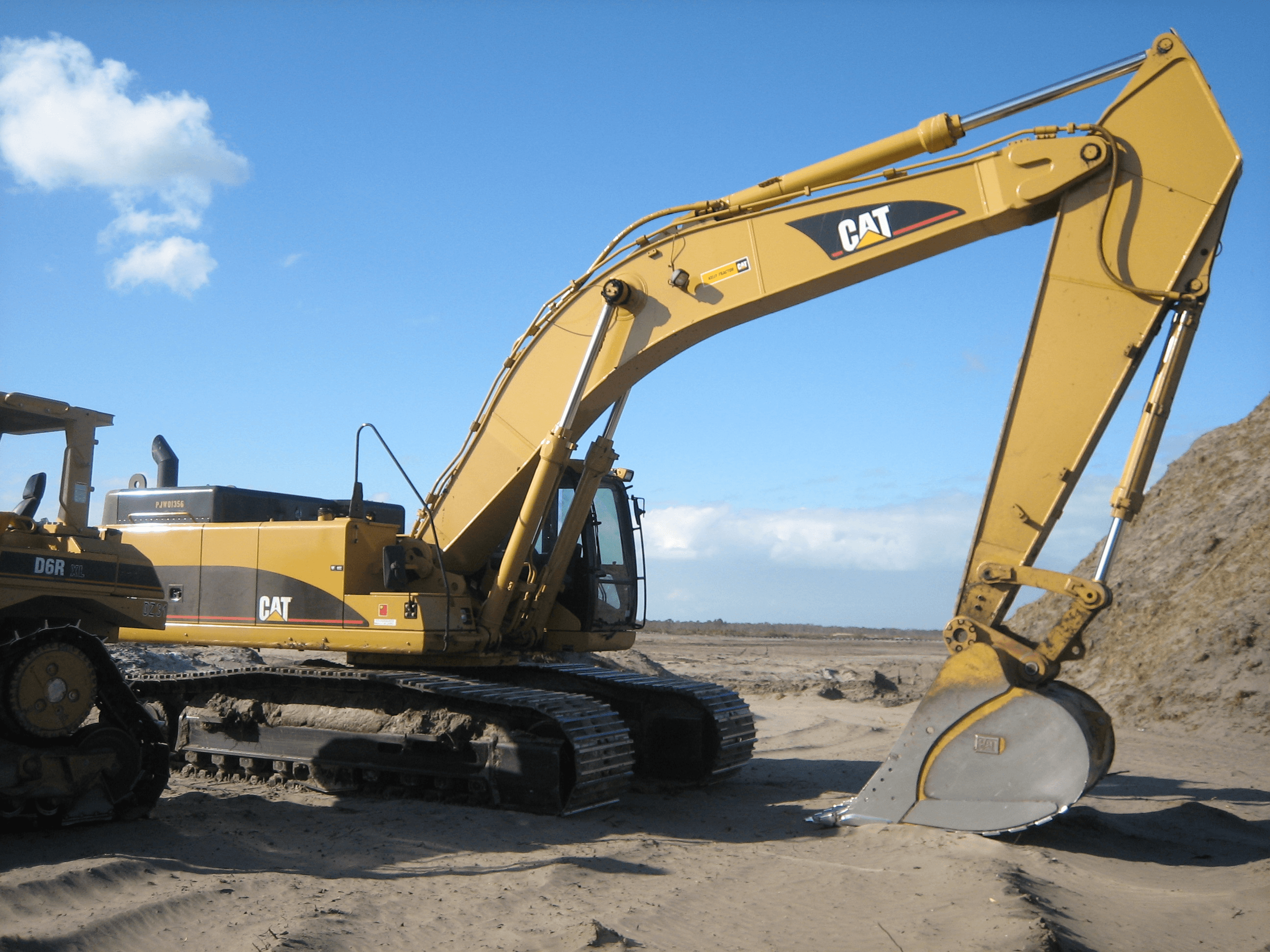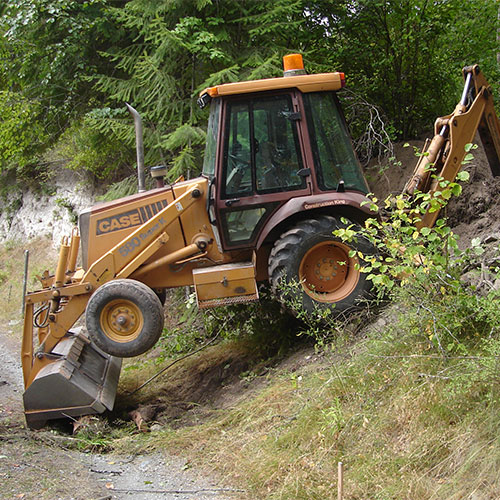Residential Excavating Ohio - Specialized Excavation for Ohio Homes
Residential Excavating Ohio - Specialized Excavation for Ohio Homes
Blog Article
Comprehensive Excavation Approaches: Mastering the Principles for Success
In the realm of building and construction and civil engineering, the relevance of effective excavation techniques can not be overemphasized. The careful preparation, precise execution, and thorough attention to information needed in excavation tasks demand a thorough approach that includes different basic facets. From preliminary dirt evaluation to the implementation of safety steps and normal progression monitoring, mastering these core aspects is essential for accomplishing success in any kind of excavation undertaking. The true mastery exists not just in recognizing these fundamentals but in seamlessly integrating them to navigate the intricacies of excavation jobs with skill.
Recognizing Excavation Job Planning

The initial phase of any excavation project is the preparation phase, where important decisions are made that can considerably influence the result of the task. Recognizing the project timeline, scope, and spending plan restraints is important for developing a comprehensive excavation plan that ensures the task's success.
One key facet of excavation task planning is the advancement of a detailed timeline that details the series of target dates, activities, and landmarks. By meticulously taking into consideration all these factors throughout the planning phase, excavation projects can be executed successfully and properly, leading to effective results - lancaster trenching.
Soil Analysis and Website Evaluation
Conducting extensive soil evaluation and website evaluation is an essential action in the preparation phase of any type of excavation task. Soil evaluation involves establishing the composition, structure, and properties of the soil at the excavation website. This information is critical for understanding the dirt's bearing capability, dampness content, and capacity for disintegration, which are vital factors in identifying the excavation approaches and equipment needed for the project.
Site analysis surpasses soil analysis and includes a wider evaluation of the general website problems. This analysis includes identifying any kind of prospective risks, such as underground utilities, ecological problems, or unpredictable surface, that can influence the excavation procedure. By thoroughly examining the site, job managers can create efficient excavation strategies that focus on safety, efficiency, and environmental management.
Utilizing innovative innovations like ground-penetrating radar, dirt tasting, and drone surveys can improve the accuracy and efficiency of dirt analysis and site evaluation. Investing time and sources in these preliminary steps can ultimately save time and stop expensive hold-ups or difficulties throughout the excavation procedure.
Tools Selection and Use
Efficient excavation jobs depend heavily on strategic equipment selection and usage to make certain optimum performance and productivity. Selecting the best devices for the task is essential in optimizing effectiveness and minimizing downtime. Factors such as the kind of soil, depth of excavation, and job extent play a considerable duty in figuring out one of the most ideal tools for the task handy.

In addition to selecting the appropriate devices, proper usage is crucial to job success. Operators needs to be educated to take care of the tools securely and successfully - lancaster trenching. Routine maintenance checks and timely repair work assist stop malfunctions and make sure regular efficiency throughout the task
Precaution and Regulations Conformity
In the realm of excavation jobs, focusing on safety procedures and conformity with guidelines is vital to making sure a legitimately audio and safe functional atmosphere. Security steps encompass a series of practices, including conducting thorough website assessments, applying appropriate signage and barriers, and providing adequate safety and security training for all personnel entailed in the excavation procedure. Adherence to policies, such as OSHA requirements in the United States, ensures that the excavation job meets the needed standards to shield workers, spectators, and the surrounding environment.

Surveillance Progress and Adjusting Methods
Exactly how can predict managers properly track the advancement of excavation jobs and adjust their techniques accordingly to enhance end results? Monitoring development is important for making certain that excavation projects remain on track and fulfill due dates.

Final Thought
In verdict, mastering the fundamentals of comprehensive excavation techniques is vital for the success of any kind of project. By recognizing task preparation, dig this analyzing soil and website problems, selecting appropriate tools, adhering to safety policies, and monitoring progression, job managers can make certain a efficient and smooth excavation procedure. Executing these techniques will certainly bring about effective results and decrease prospective threats or setbacks throughout the excavation task.
The preliminary stage of any kind of excavation project is the preparation phase, where crucial choices are made that can significantly affect the end result of the project. Recognizing the task timeline, scope, and budget constraints is critical for producing a detailed excavation strategy that makes certain the project's success.
Just how can project managers efficiently track the innovation of excavation tasks and adjust their techniques appropriately to maximize outcomes? By closely keeping an eye on progression and being eager to adjust approaches, task supervisors can boost the total success of excavation tasks.
By recognizing task preparation, assessing dirt and website conditions, choosing proper tools, abiding with safety and security laws, and monitoring development, task supervisors can guarantee a effective and smooth excavation procedure.
Report this page